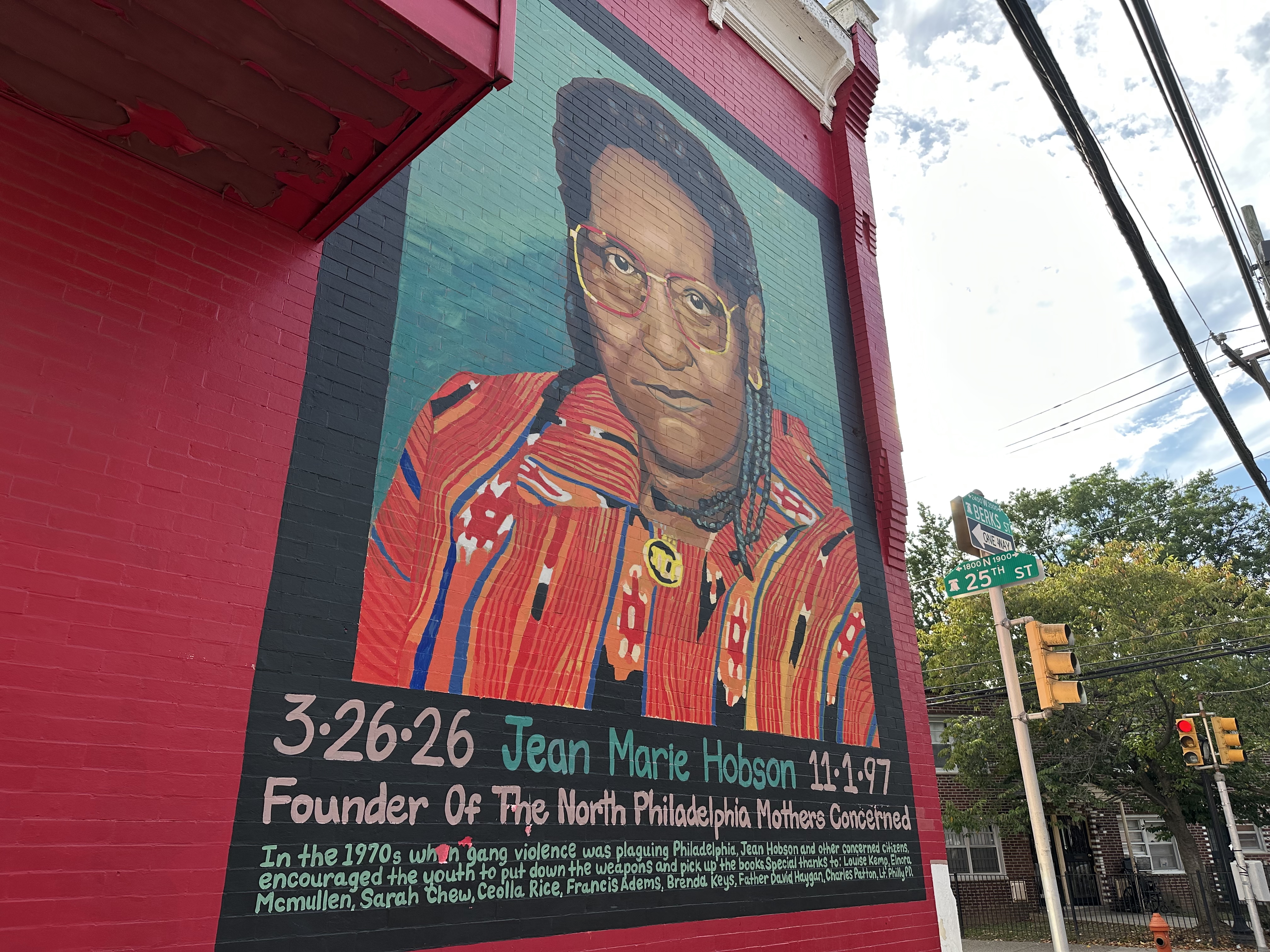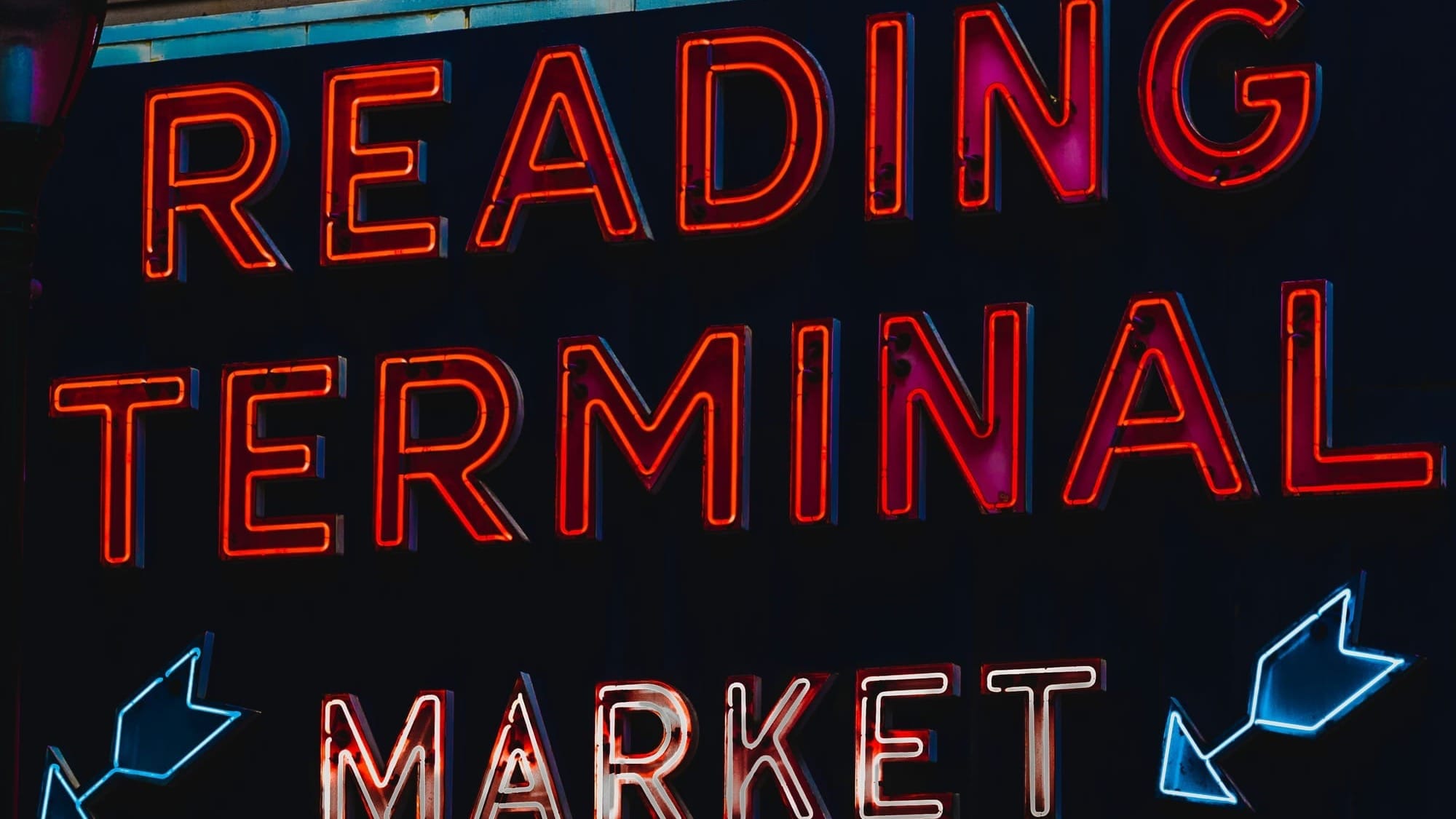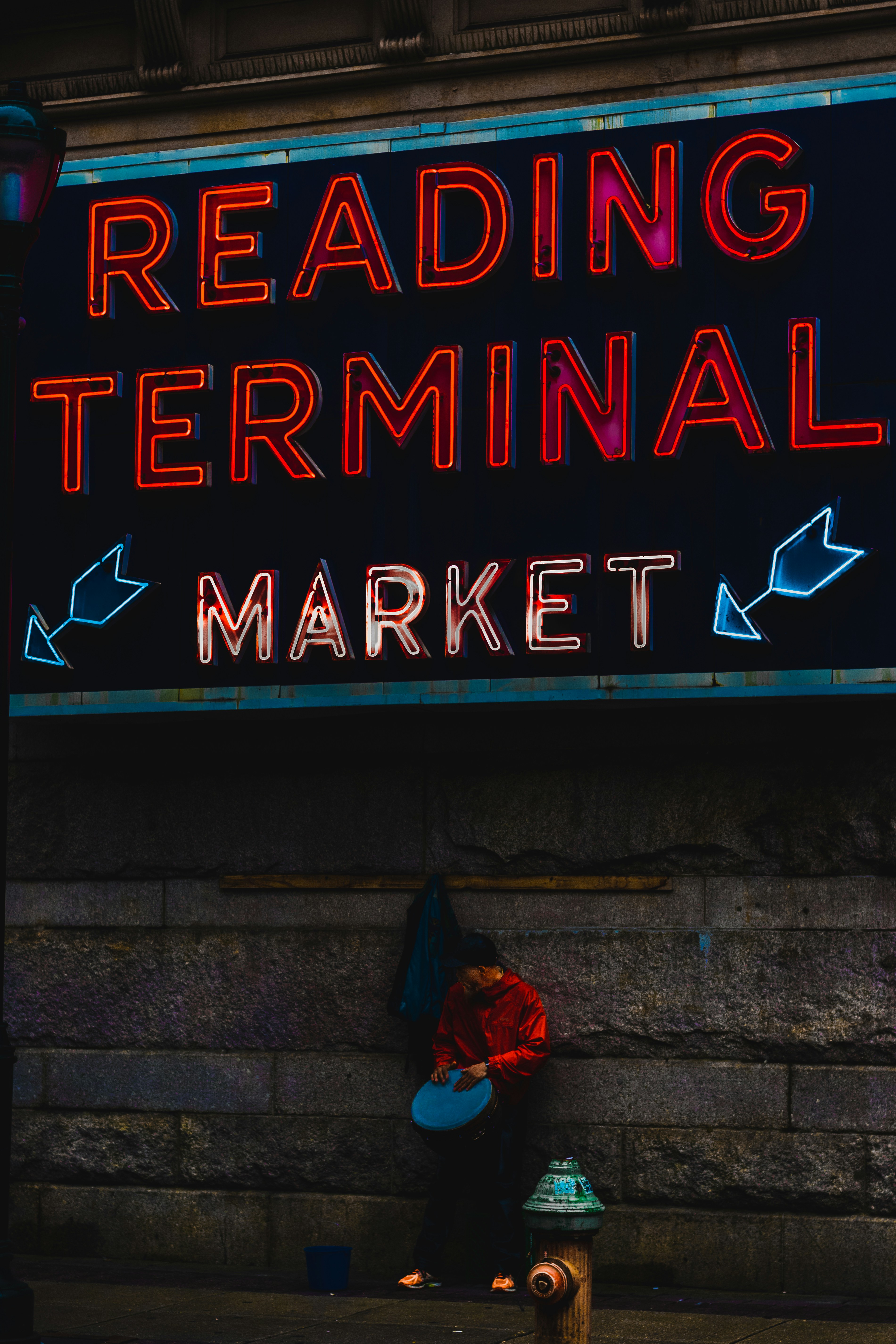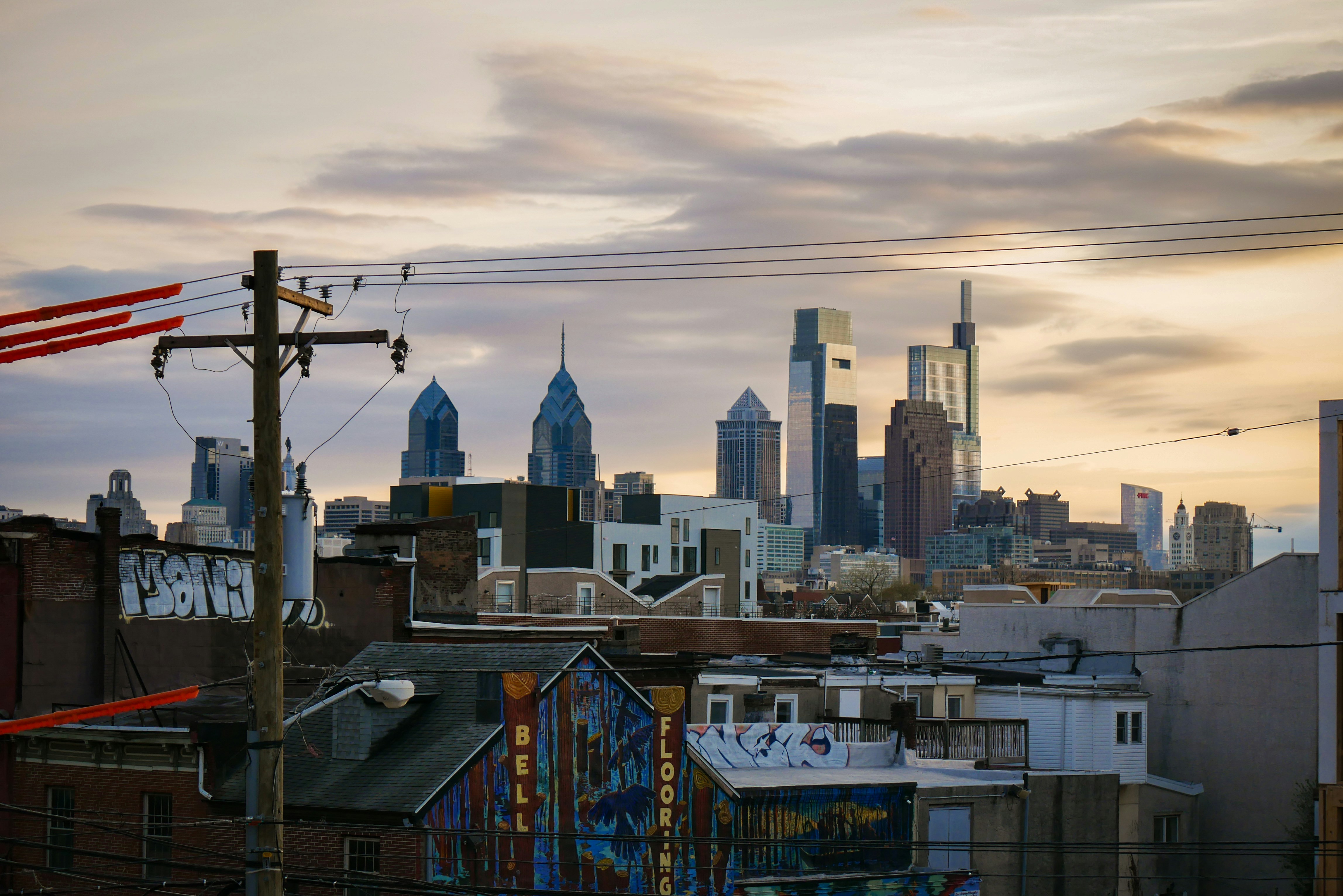Shifting Stereotypes: History In Philly Includes Strawberry Mansion
In one of America’s oldest cities, Strawberry Mansion stands as a historic cornerstone. From athletics to entertainment, much of Philadelphia’s vibrant culture stems from the Black community that has long inhabited the residential blocks bordering the east side of Fairmount Park.
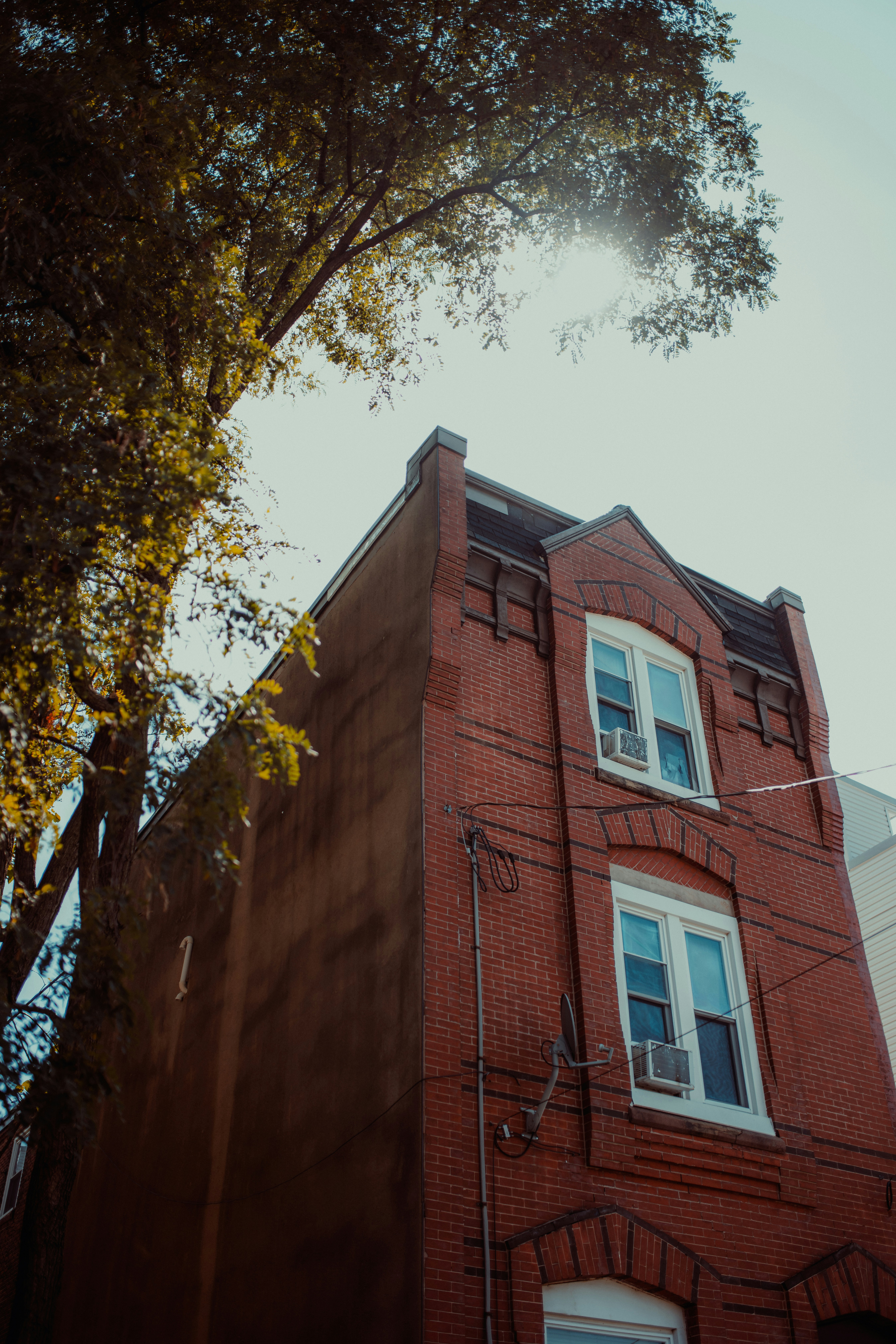
To outsiders, the North Philadelphia neighborhood of Strawberry Mansion is dangerous. To insiders, it’s beloved. Today, headlines rarely pair the word “love” with the Strawberry Mansion name. In fact, in 2013, the local high school, Strawberry Mansion High School, gained national attention after receiving the label: “One of the Most Dangerous Schools in America”.
Over the last few decades, the neighborhood has weathered gentrification, underfunded systems and extreme crime— resulting in the souring of its reputation.
Younger generations of Philadelphians often know the region only by its stereotypes — and while its present may appear struggled, the legacy of Strawberry Mansion is beyond rich.
The History of Strawberry Mansion
In one of America’s oldest cities, Strawberry Mansion stands as a historic cornerstone. From athletics to entertainment, much of Philadelphia’s vibrant culture stems from the Black community that has long inhabited the residential blocks bordering the east side of Fairmount Park.
The name “Strawberry Mansion” comes from an actual mansion that still stands today and operates as a museum in Fairmount Park. The now Historic Strawberry Mansion, originally called Summerville, was built in 1789 as a summer home for a Quaker named William Lewis.
By the mid-19th century, the surrounding land developed into a residential neighborhood which is now known as Strawberry Mansion. According to the Strawberry Mansion CDC, prior to 1950 the neighborhood was predominantly Jewish. In the later half of the twentieth century Black people began to make Strawberry Mansion home.
According to resident testimonials, Strawberry Mansion became a home not only to its residents but to anyone seeking an immersive, lively community. “We couldn't even have the Harlem Renaissance without some kid from North Philly,” says Morgan Lloyd, award winning historian and cofounder of 1838 Black Metropolis. “A girl from Jersey,” Lloyd says, speaking of poet and editor Jessie Redmon Fauset, “who moved back to North Philly and then went to go be the mother of the Harlem Renaissance.” Many other notable figures, such as John Coltrane and Joe Frazier, moved to the neighborhood to gain support and work on their crafts.
Though the cultural hub gained mass notoriety— its true history lives in the everyday folks knitted in its origins.
A Legacy of Love
“Believe me, we had fun,” said Maurice Floyd, 72, reminiscing on his time as a kid. “On my block, I could play in the street all day and all night.”
Last month, longtime Strawberry Mansion residents and community members gathered on the side of the Strawberry Mansion Learning Center for day three of the North Philadelphia History Festival. More than 20 black-and-white archival portraits were featured in the event, Strawberry Mansion Through The Years - A Neighborhood Storyshare Exhibition. Photos of neighborhood blocks, recreational centers, sporting tournaments, a swimming pool and everyday life transported attendees to a different time.
“We were nurtured in this neighborhood,” stated Andrew Carn, former Pennsylvania state representative for the 197th legislative district.
“There is a little bit of envy. I grew up on the back end,” said Jalon Alexander, 32, looking at the photo wall. Born and raised in the neighborhood, Alexander still resides in Strawberry Mansion as an adult. Though his own generation wasn’t captured in the photo exhibition, his admiration for the culture runs deep. “When I went to college and law school… I would never tell people I was from North Philly. I would always tell people I was from Mansion because I just took so much pride in my specific neighborhood.”
During the story-share segment, Alexander thanked the elders and offered reassurance that their efforts in building a lasting legacy in North Philly weren’t in vain. “There are lots of kids in this community still doing the right thing,” he said.
What changed in the span of 50 years? Longtime residents point to one major factor: disinvestment. “You have more people coming in renting who don’t have those same ties to the neighborhood so the feeling of ownership and care just isn’t there,” remarked Alexander. “When they were coming up, you didn’t have to ask people on blocks to sweep up.”
Another resident, Marilyn Jewett, 71, explained how the disappearance of small businesses in the neighborhood contributed to a decline in local commerce. “We didn’t have to go downtown for anything,” said Jewett.
Others pointed to the impacts of drugs. “The community went into a coma,” stated Floyd.
The Future of Strawberry Mansion
In Strawberry Mansion now, change is happening. Organizational groups such as the Strawberry Mansion Learning Center and the Strawberry Mansion Community Development Corporation are actively working to reengage the neighborhood — starting with the youth. Founded by Kevin Upshur, the Strawberry Mansion Learning Center provides after-school programs, summer activities, and mentorship for local kids. Meanwhile, the CDC hosts community events, workshops, and initiatives to uplift residents of all ages.
So, what will it take to revive the community? Strawberry Mansion’s elders are urging young people to show up and be present. Though real challenges exist in the Strawberry Mansion neighborhood, so does the love, legacy, and light.

